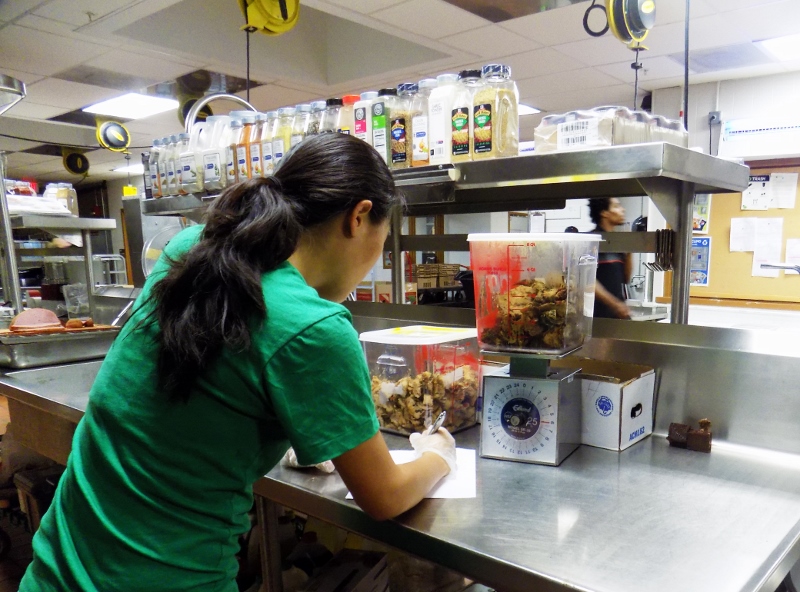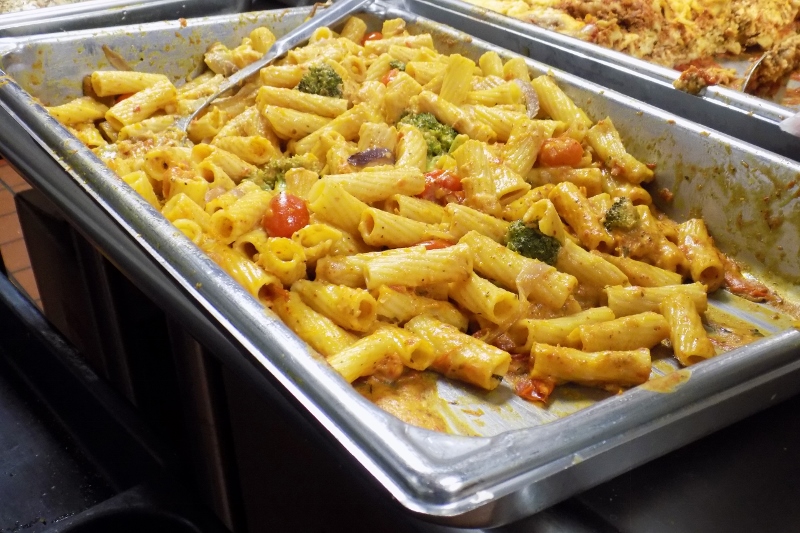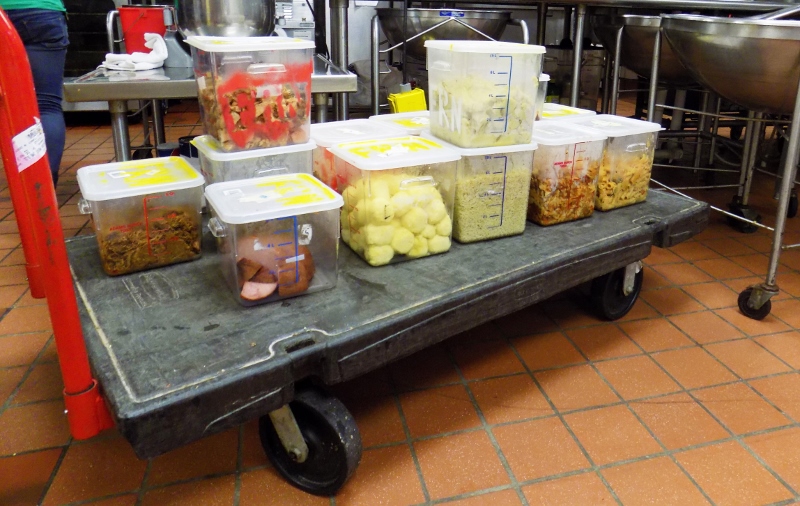The University of Maryland’s Food Recovery Network is looking to expand its efforts and get more support from student clubs as they transition to collecting food from all dining halls next semester.
The Food Recovery Network (FRN) is a national student organization founded in 2011 by University of Maryland students Ben Simon, Mia Zavalij and Cam Pascual, according to their website.

Photo by Cara Newcomer
The students noticed that food was going to waste at the end of each night and decided to create an organization that collected the food and redistributed it to people in need. The University of Maryland chapter currently delivers food to the Christian Life Center and the Family Crisis Center.
According to their website, FRN is the largest student movement against food waste and hunger in America. During their first year, the UMD chapter recovered 30,000 meals to DC-area partner agencies.
“Since then, we’ve swept the nation and made higher education the first sector where food recovery is the norm and not the exception,” the website reads.

Photo by Cara Newcomer
Eric Thomas, a volunteer at the Christian Life Center, said that the food students deliver to them reaches nearly 1,000 people each week.
“I mean it’s a struggle for everybody now,” Thomas said. “Everybody could use a little help and this really comes in handy to a lot of people.”
“From 251, we get about two or three hundred pounds of food a night and its crazy how much food would’ve been thrown away had we not been there,” LeAnne Young, FRN co-president at the University of Maryland, said.
The food collected by University of Maryland students currently comes from 251 North, Xfinity Center, the UMD Co-op and Catering and Stamp Student Union. The group recovers food every night Monday through Friday.

Photo by Cara Newcomer
With the new dining plan starting next semester, the FRN is planning to expand and also recover from The Diner on North Campus as well as South Campus Dining Hall, according to Young.
“We’re looking for people [to join our team] who are passionate, dedicated and responsible,” Young said. “We want people who want to get involved and change the world.”
According to a 2013 Maryland Hunger Solution press release, 16.2 percent of Maryland residents in 2012 said they were unable to afford enough food.
“Regionally, Maryland’s rate was higher than the regional average,” according to the press release. “For the Mid-Atlantic region, 15.9 percent say they were unable to afford enough food.”
With the expansion, Young says she hopes to deliver to additional locations in the area.


